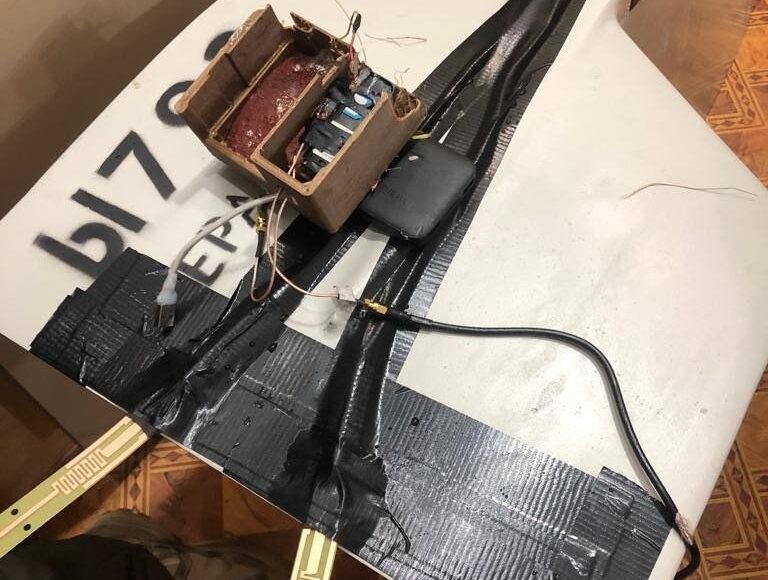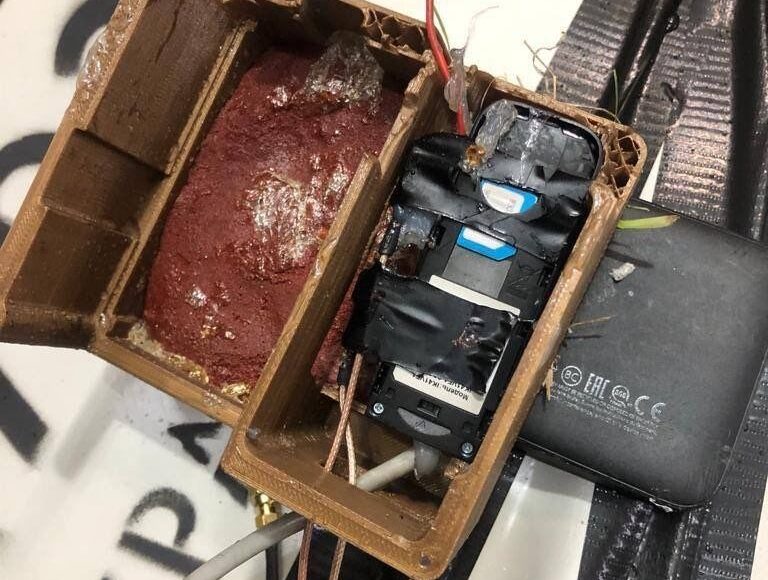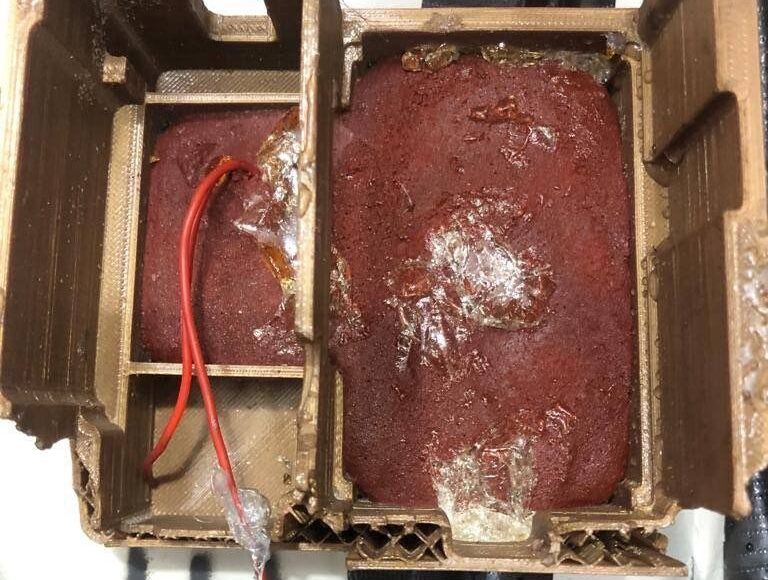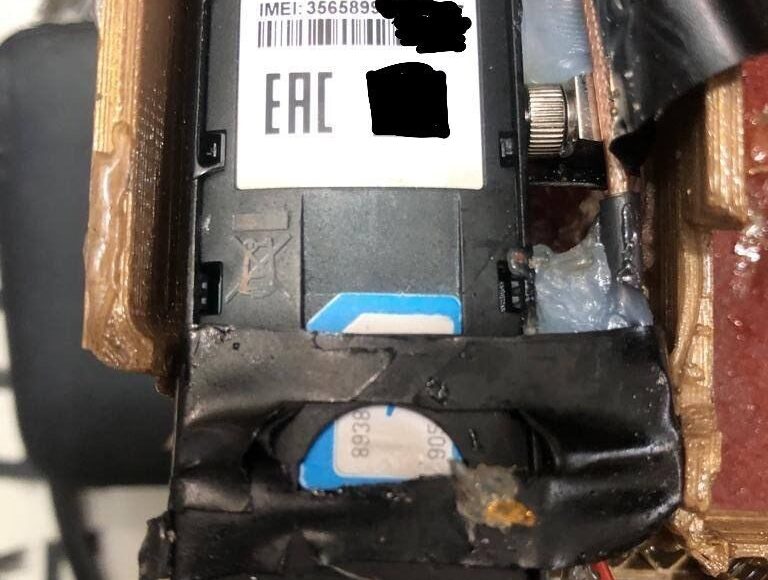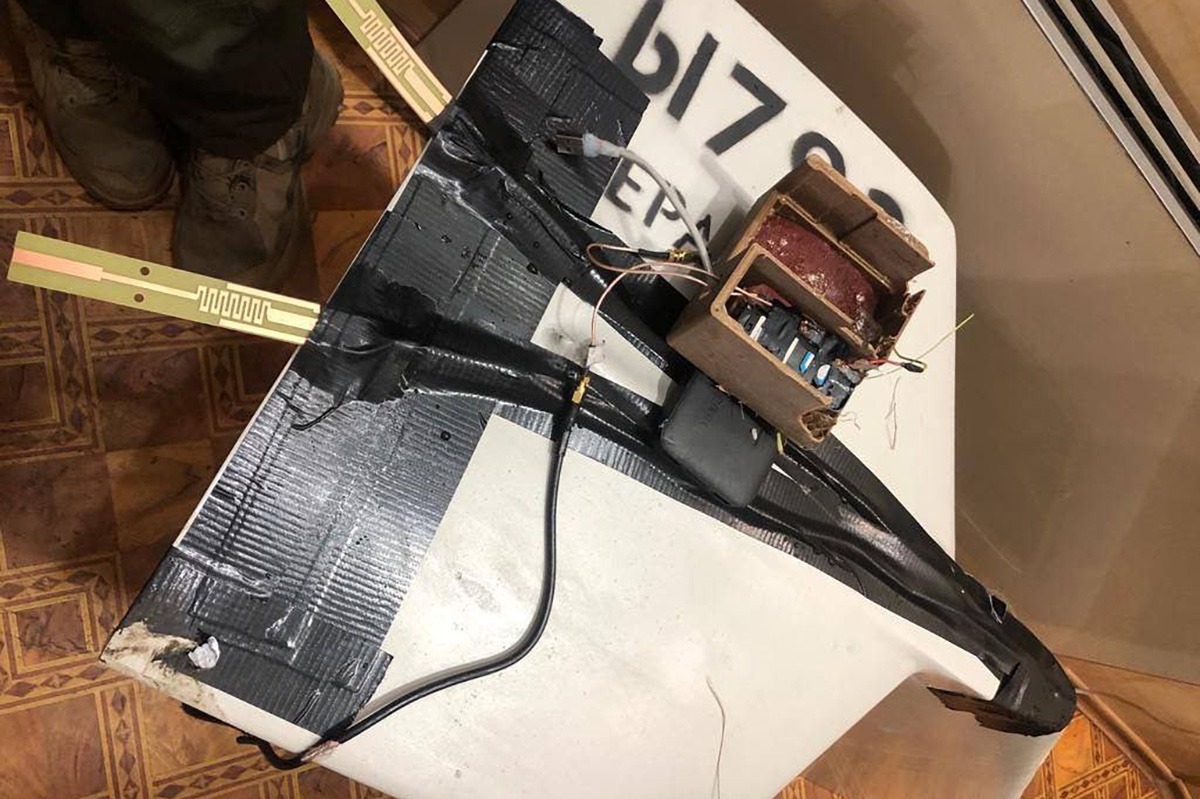
Russian Federation modified Shahed-136: they used a trick that helps to bypass Ukrainian air defense (photo)
The Russians used Ukraine’s mobile phone network to coordinate drone attacks and bypass Ukrainian air defense.
The photos were posted on social media.
The occupiers used a home-made module based on a router connected to the Ukrainian mobile network to display the location of the modified drones.
In this way, the Russian military is trying to identify weaknesses in Ukrainian air defense. To do this, they track the places where drones prematurely “stop” and send the next wave of drones on a different route in an attempt to find a safe “corridor”.
Modified Shahed-136
The additional add-on that provides new functionality is homemade. This is evidenced by the fastening of all elements with tape on top of the fuselage.
The attached module consists of a plastic container printed on a 3D printer, inside of which is an Alcatel 3G modem with a SIM card of a Ukrainian operator. Two antennas are connected to it for signal transmission.
The module is not connected to the onboard power supply and is powered by a nearby household charger.
All the electronics in the container are filled with explosives. In addition, a wire runs from the module to the nose of the fuselage, presumably to the combat section. All of this looks like a means of self-destruction in the event of a drone crash to avoid analysis of the wreckage by Ukrainian engineers. However, the explosives were not initiated.
It seems that the creators of this design intended that during the flight, the wing-mounted module should transmit its location to the Russians via a mobile communication network. If the drone stopped, the “mark” on the map would stop, signaling that it had been shot down.
This decision was intended to address one of the main drawbacks of Iranian Shahed-136 drones – a fully autonomous guidance system that does not transmit any information to its operator after launch.
There is also an alternative assumption in the network that the new module can be used for terrain orientation using signals from communication towers or for controlling the drone through the Ukrainian network. This version is unlikely because there is no visible connection of the new add-on to the drone’s control system.
It’s worth noting that this solution, given its artisanal nature, is still being tested and is unlikely to be available on all drones in the near future.


